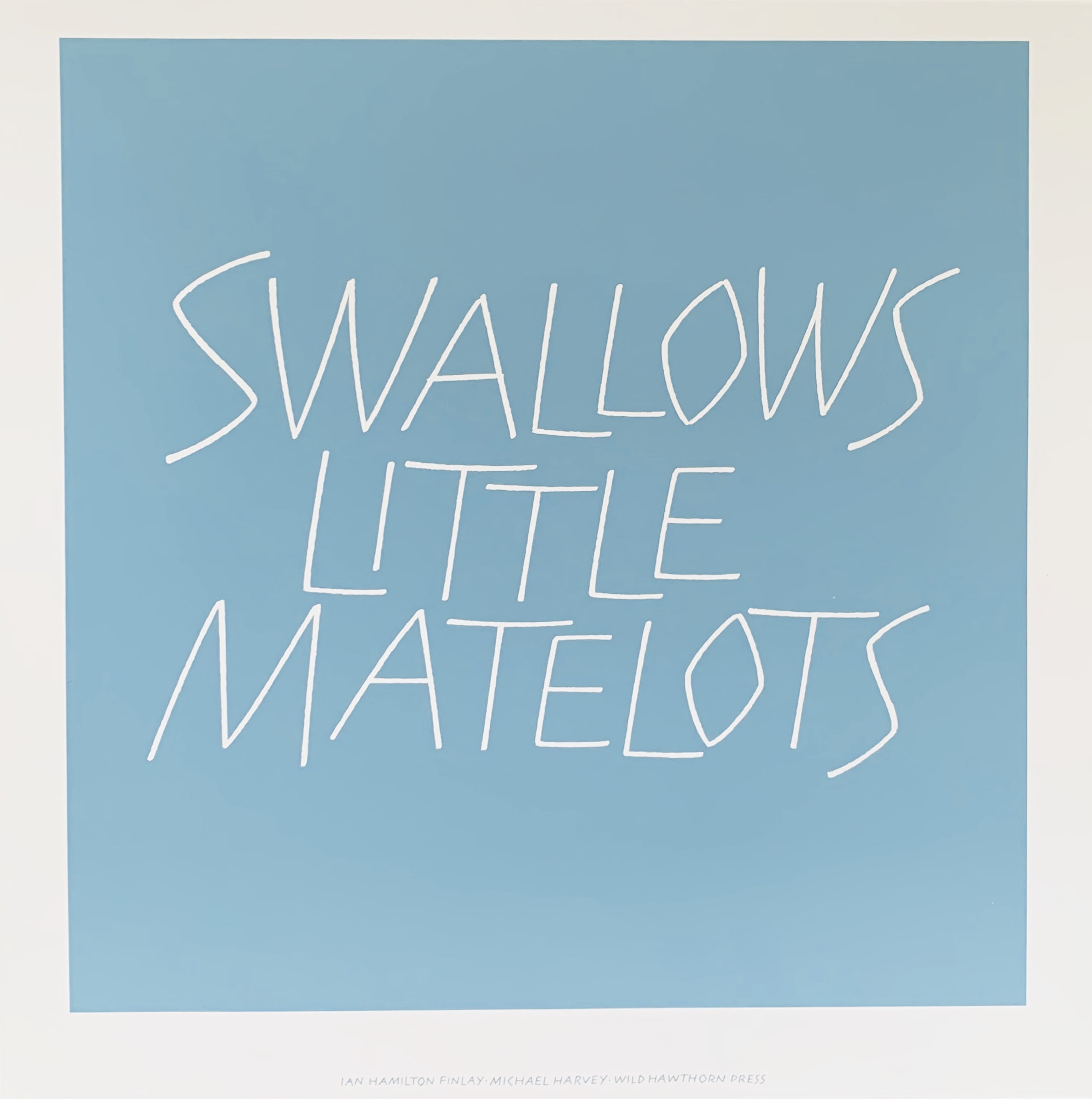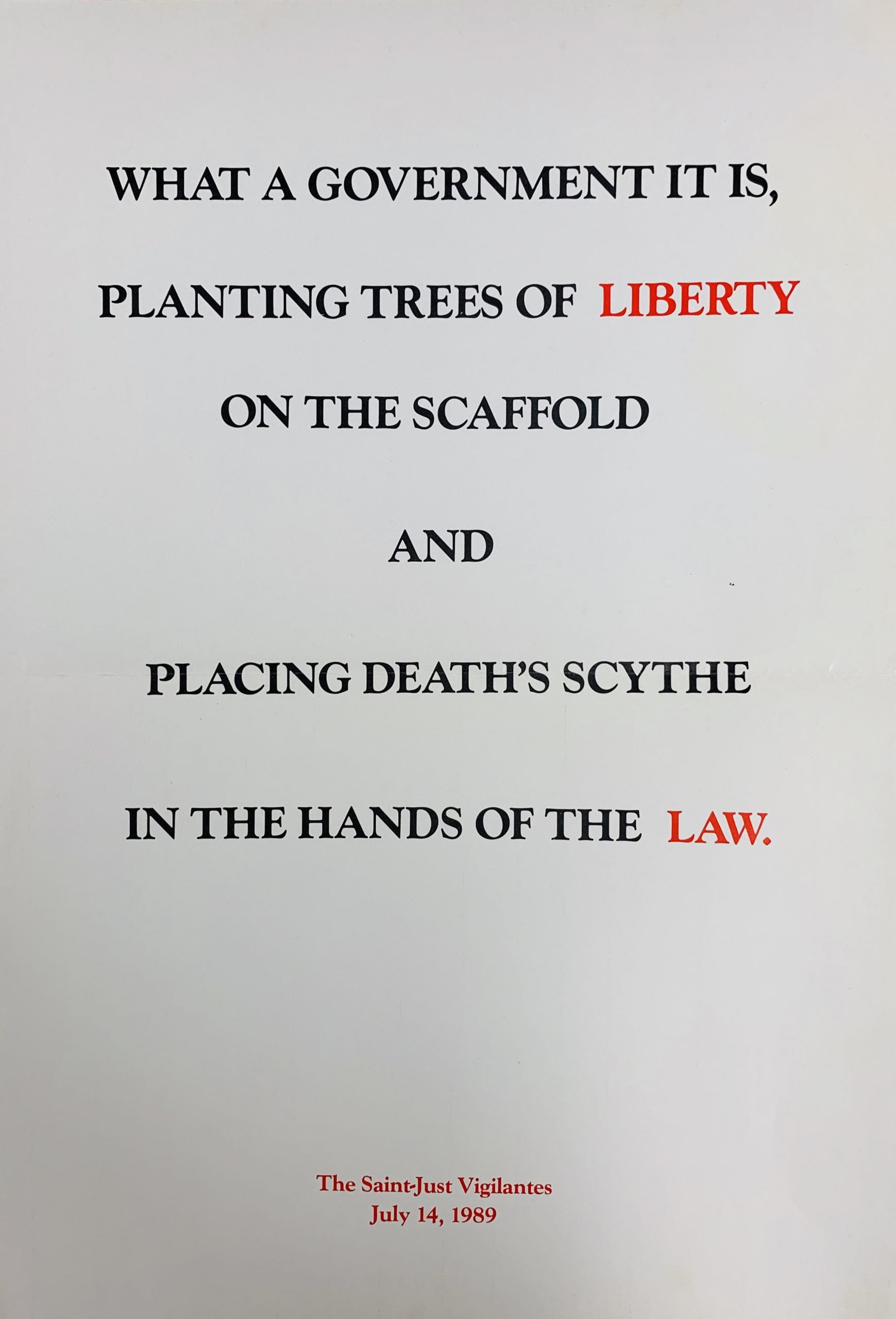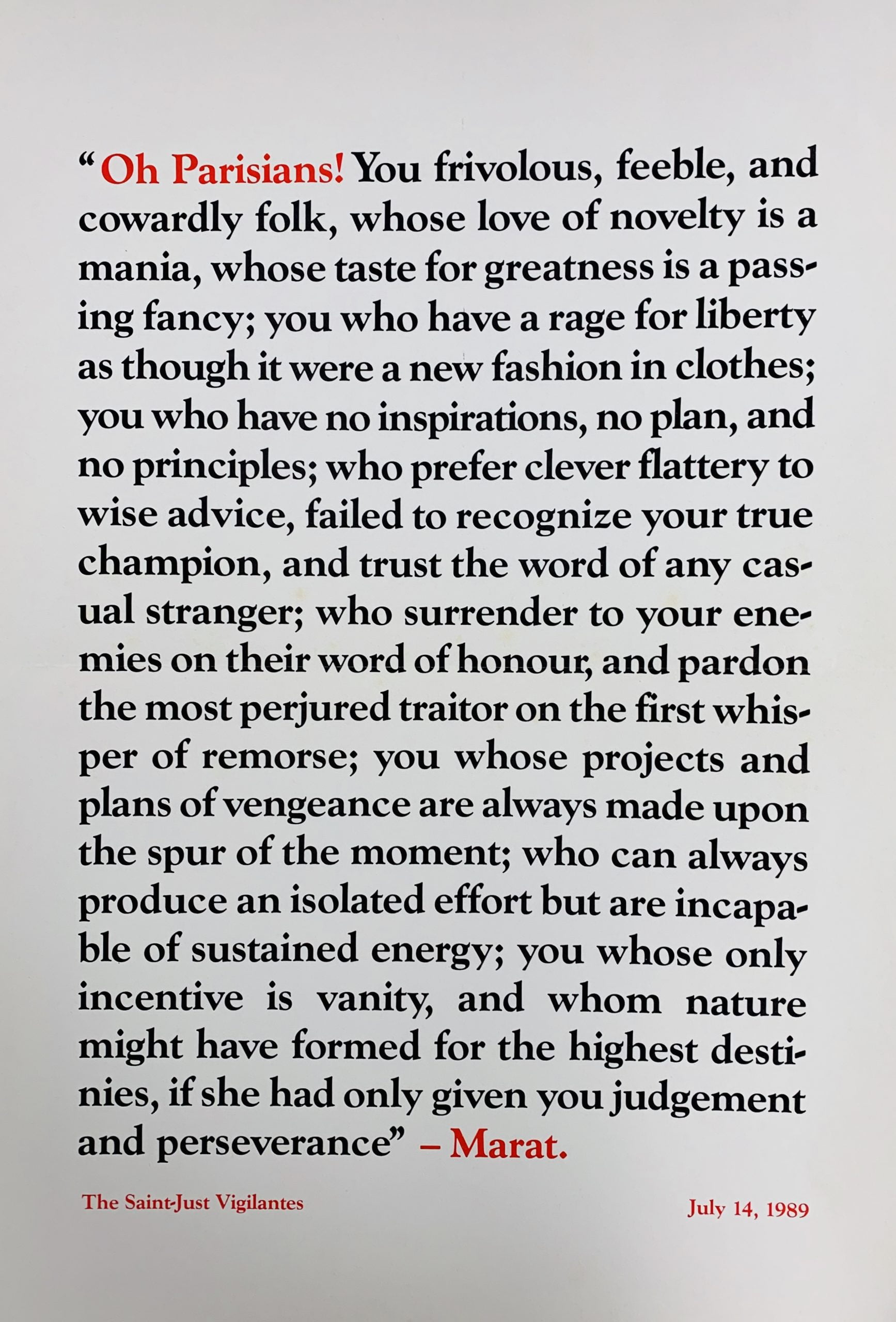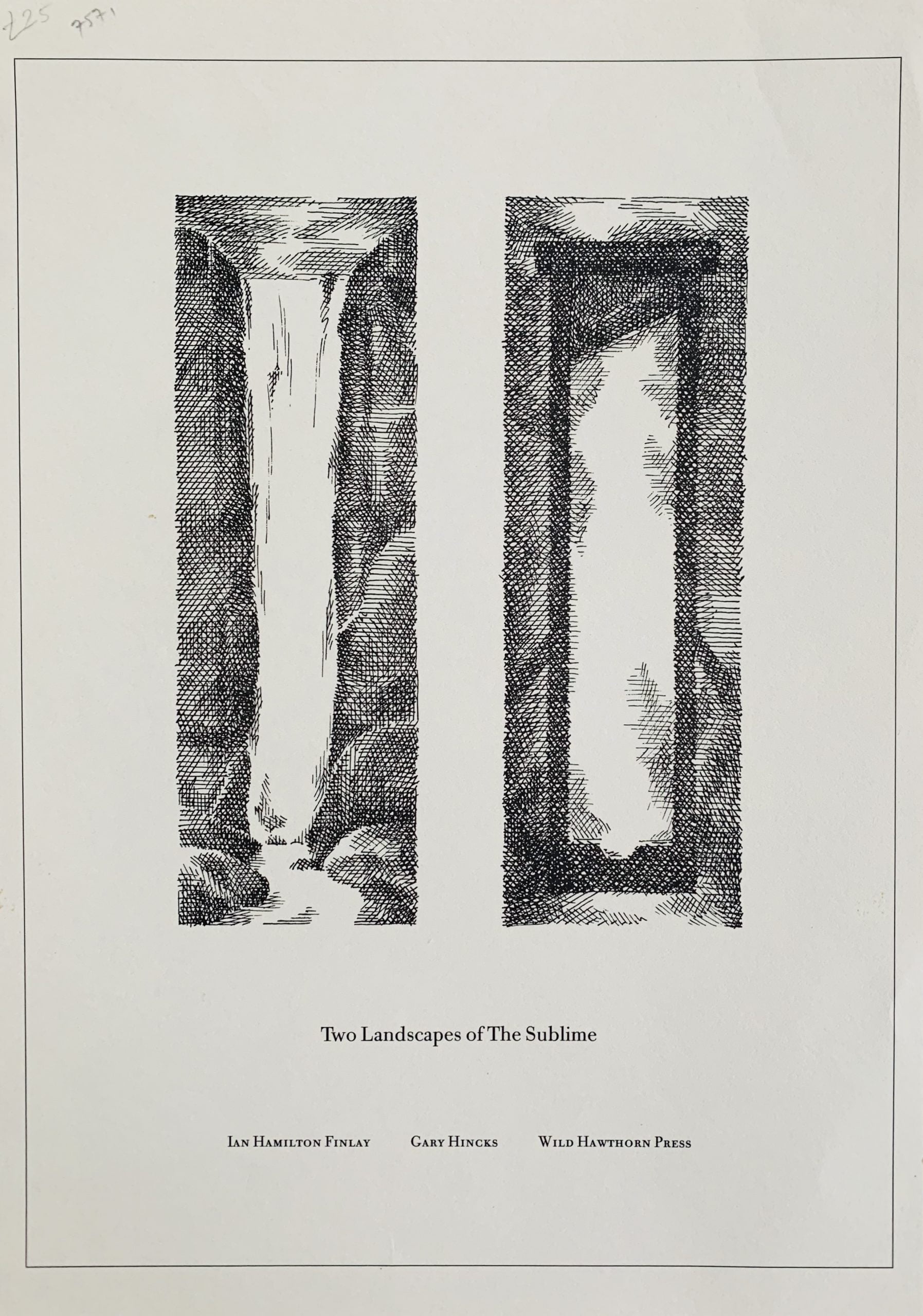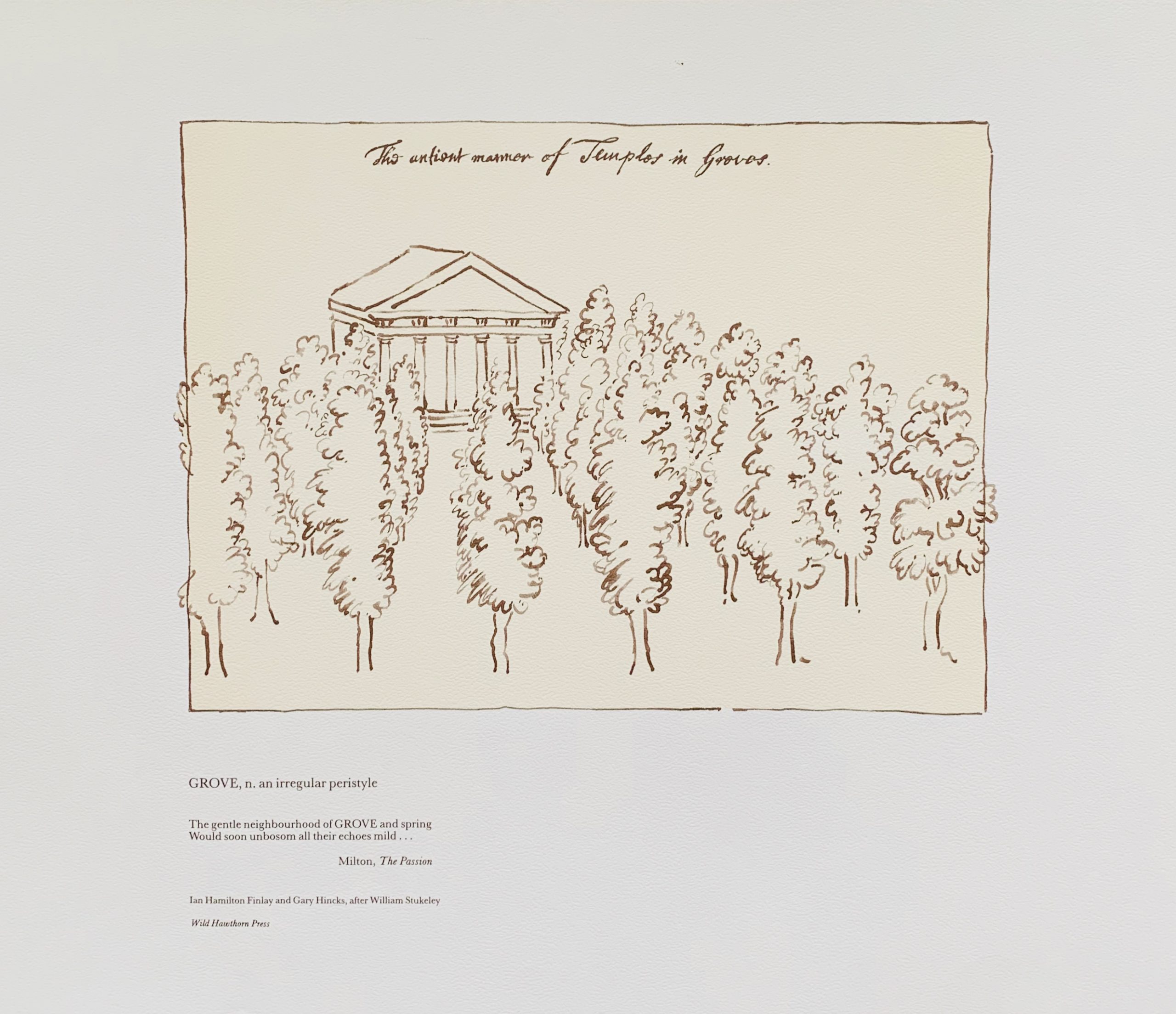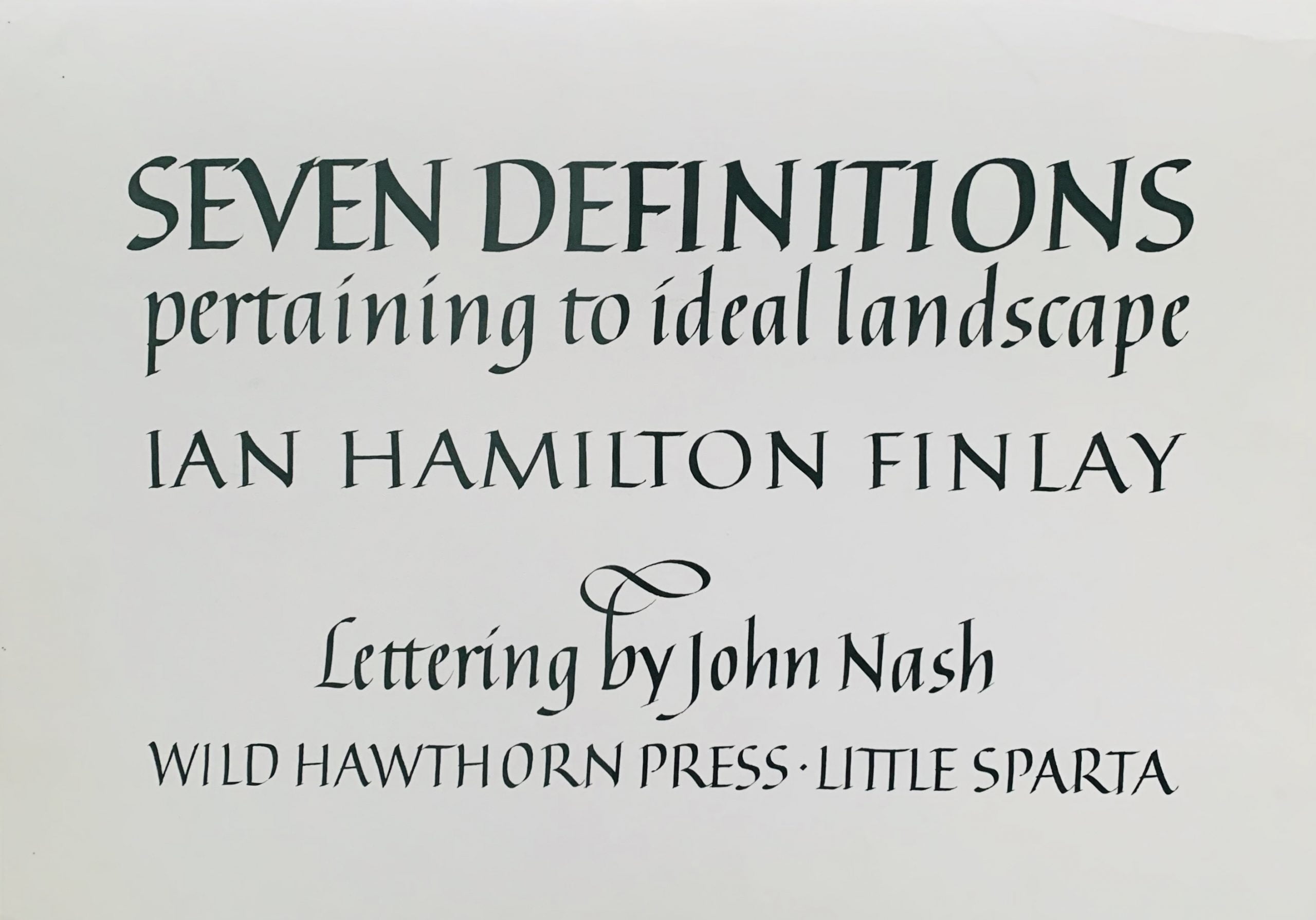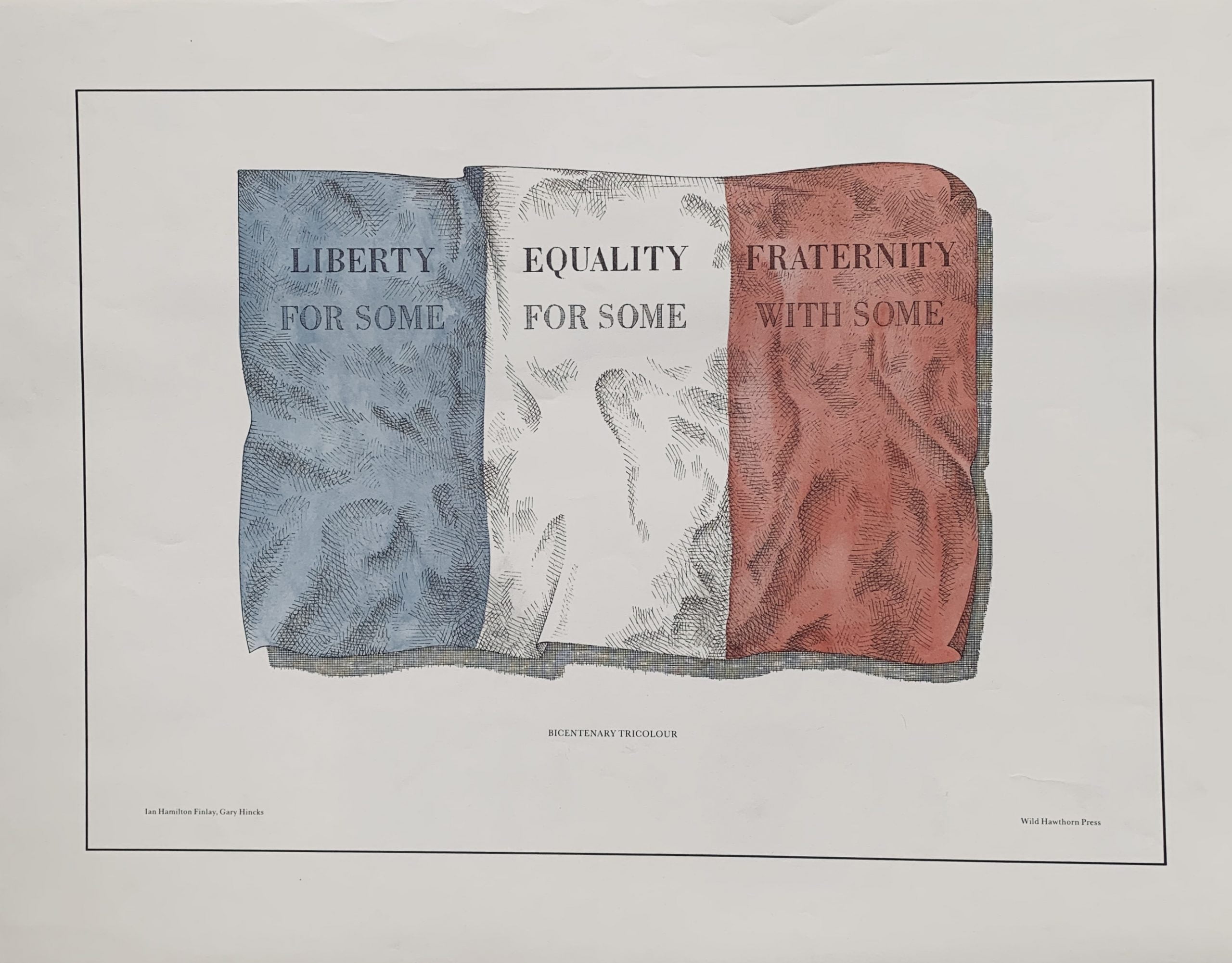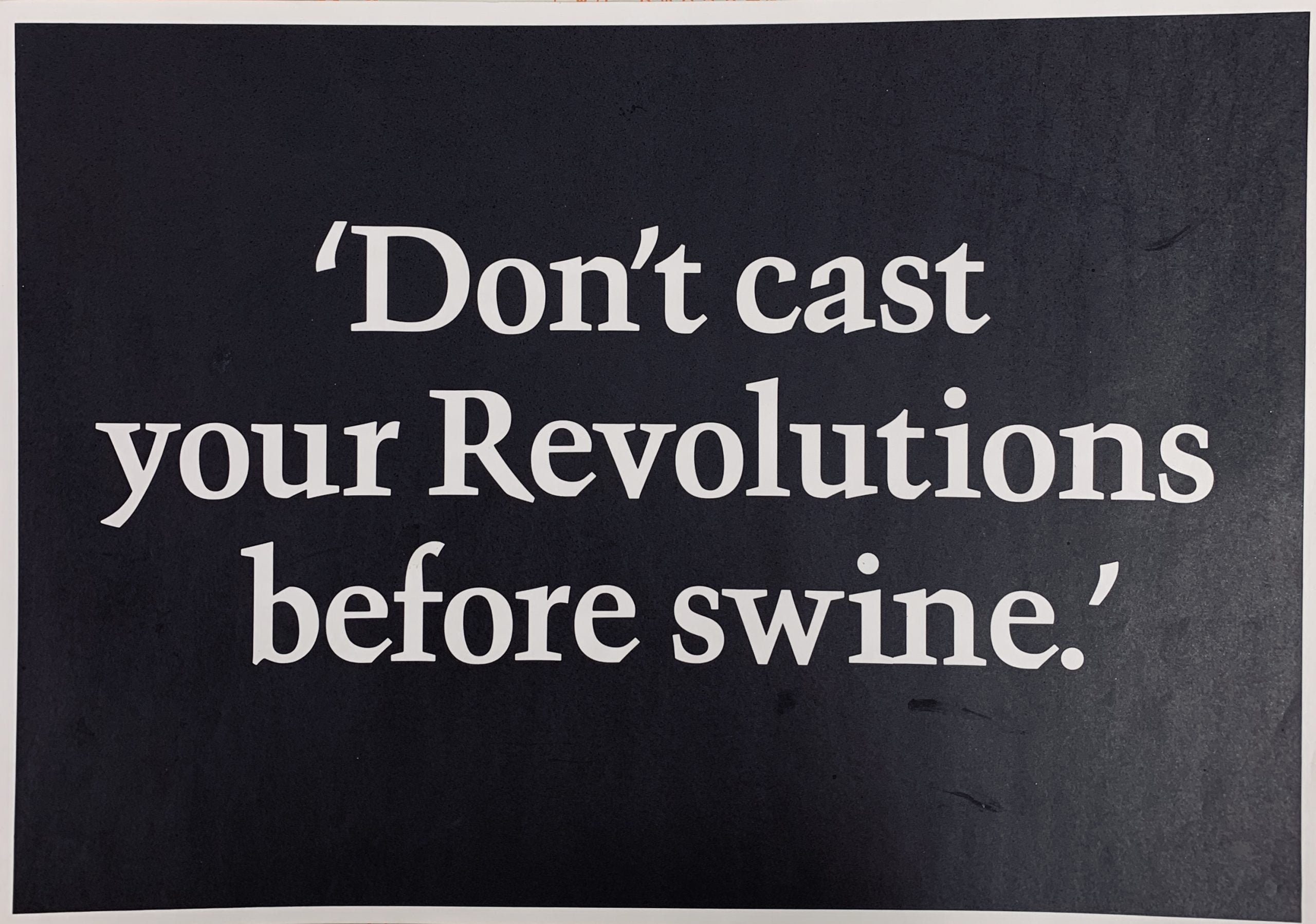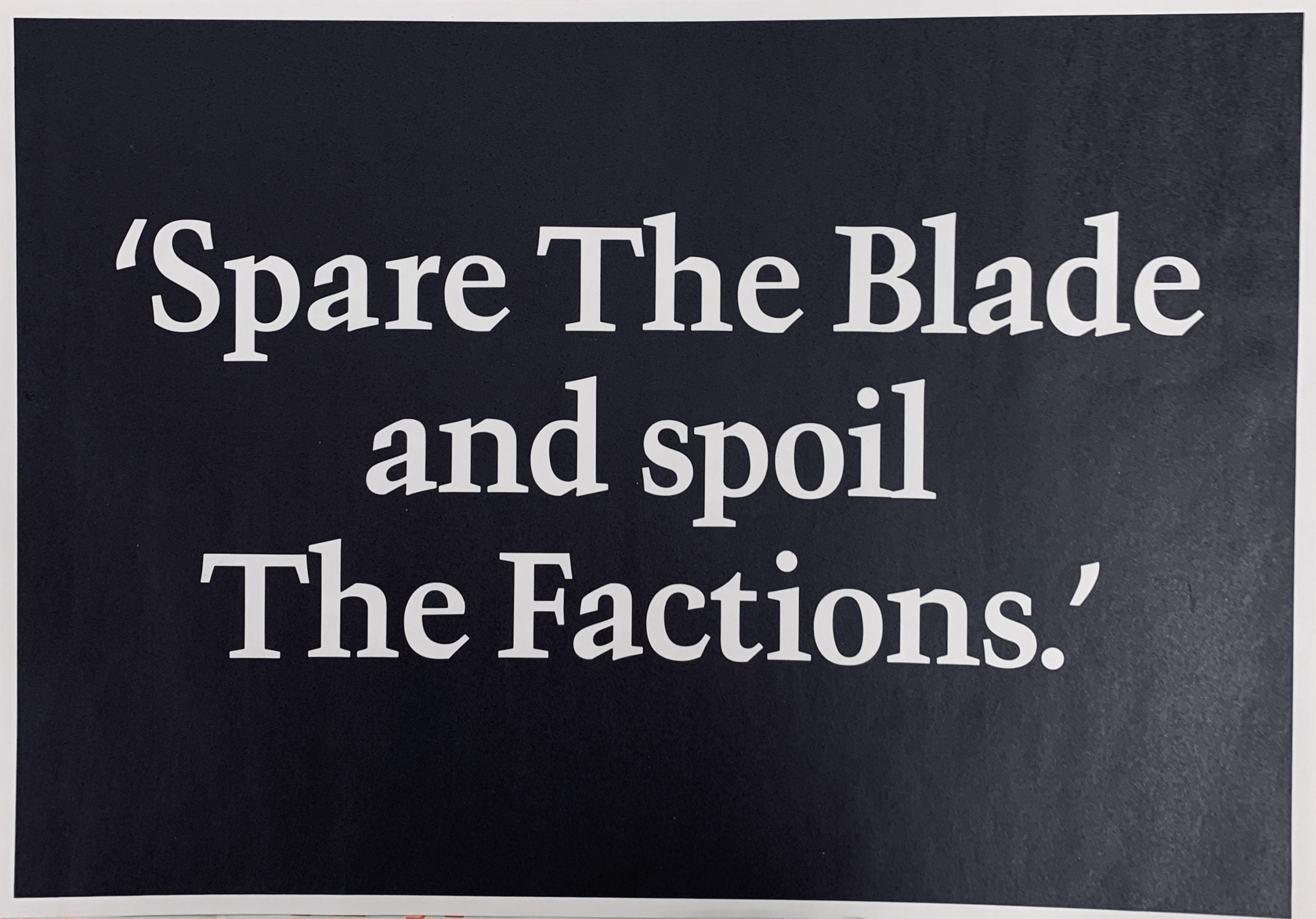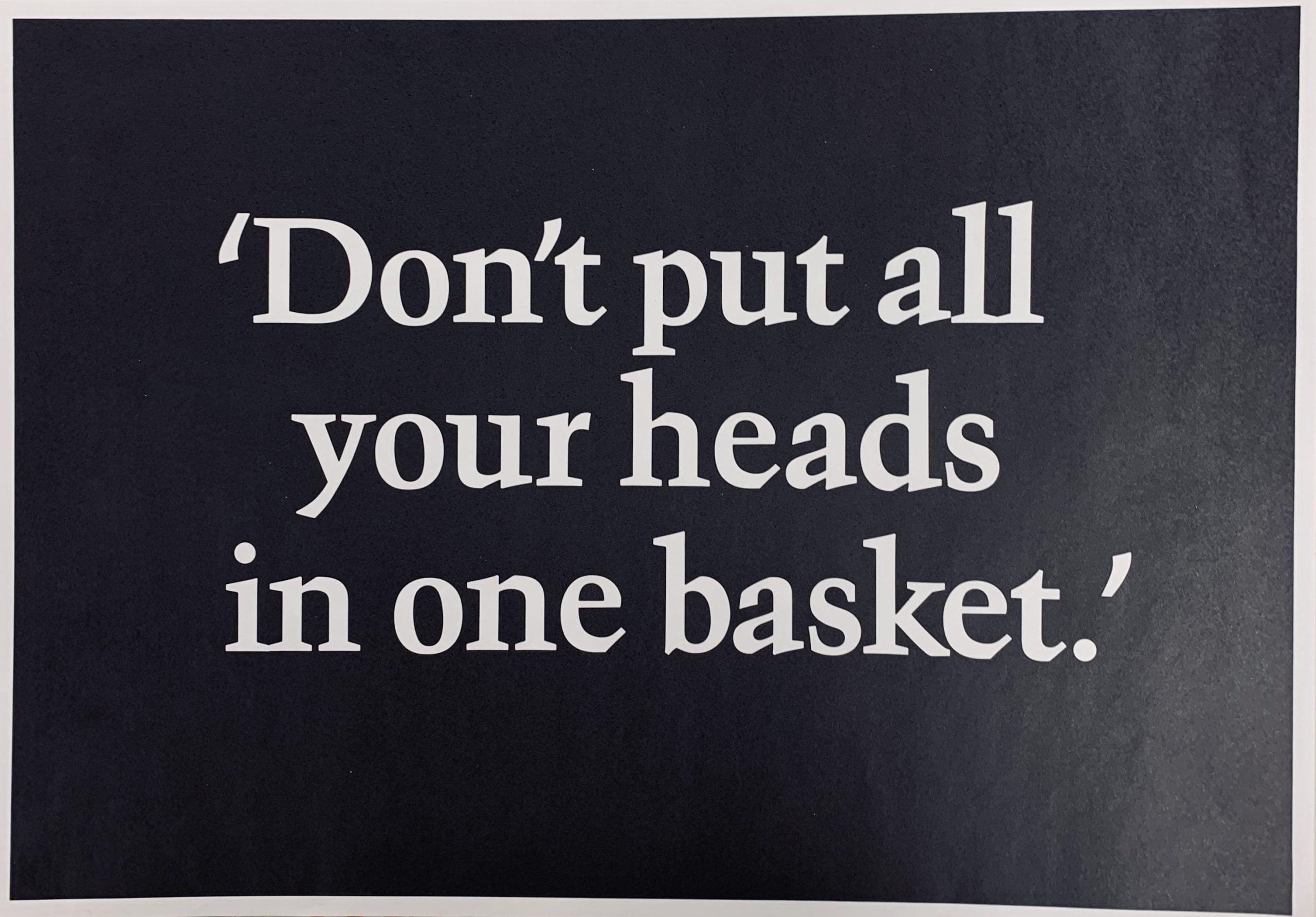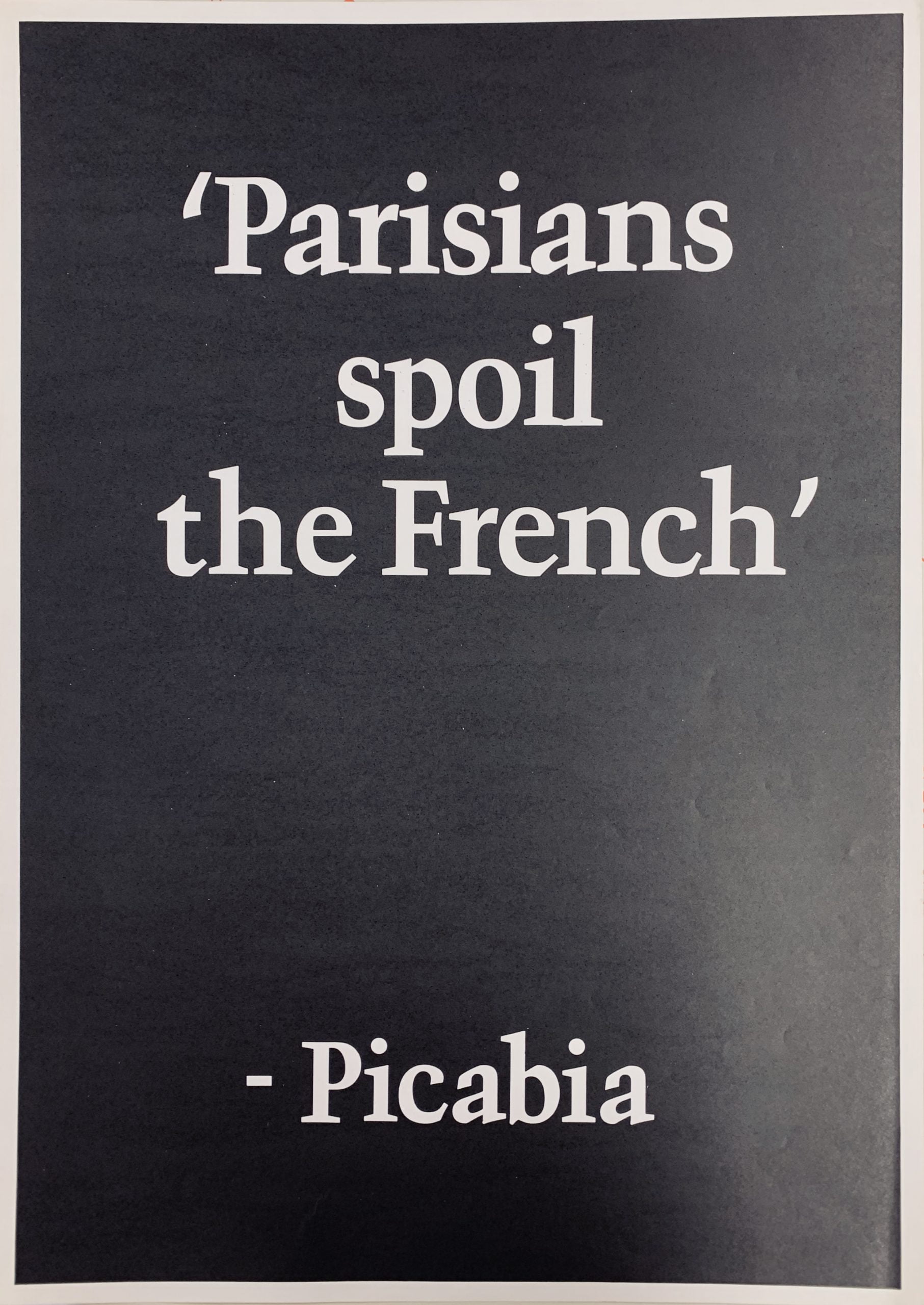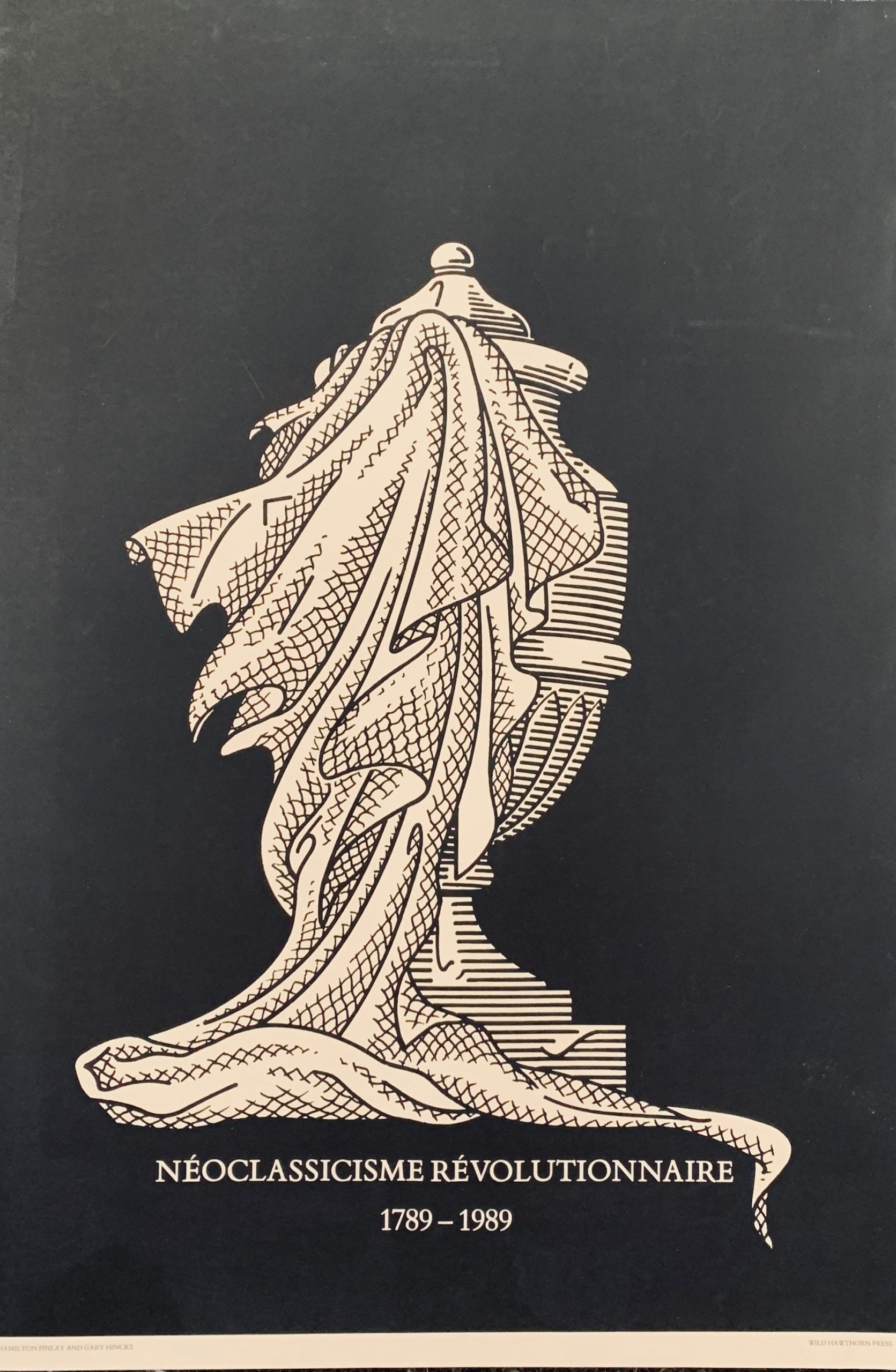26 Jul SWALLOWS LITTLE MATELOTS. 1989.
Little Sparta: Wild Hawthorn Press, 1989
59 x 59cm, blue on white silkscreen. The work is entirely typographical, the text - SWALLOWS LITTLE MATELOTS - hand-drawn by Michael Harvey. The font is light and sans serif - and the ease of line reminds one of the bird's flight against the blue sky. Additionally the Ws and Ms in the rhythmic drawing reflect the wings of these nimble birds. Finally the poet's words reminds everyone that these fabulously fast and social animals have similarities to sailors. A lovely print which in its simplicity deceives. VG+.
...

